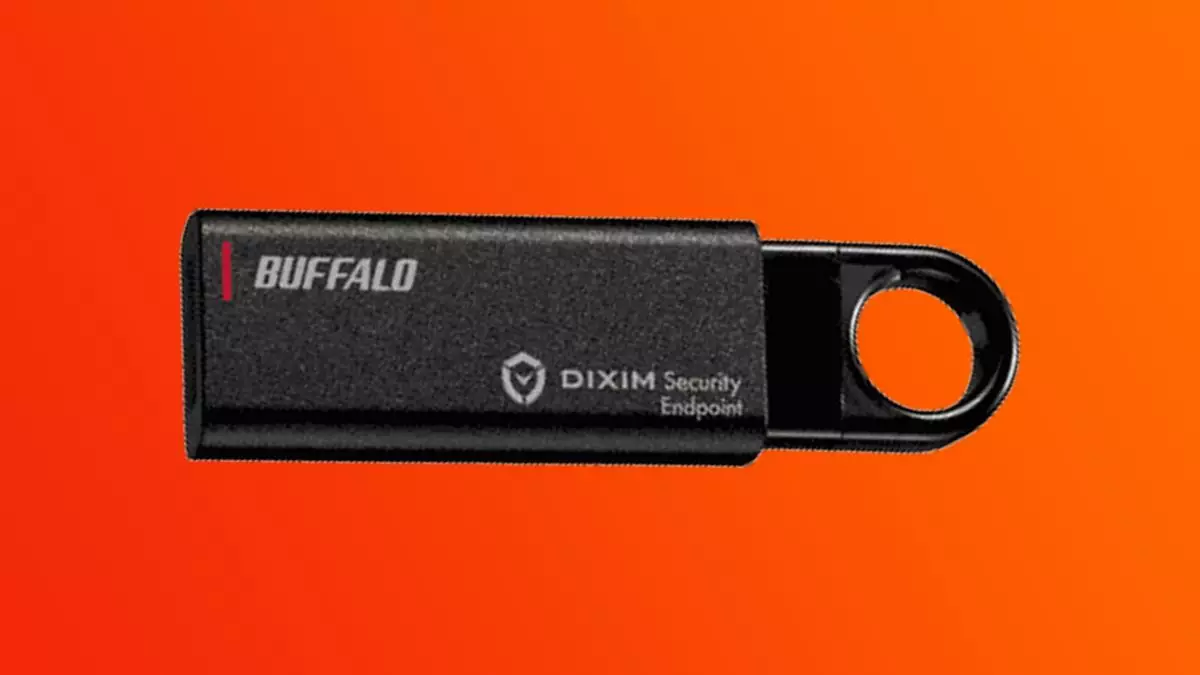USB flash drives, commonly perceived as convenient tools for data storage and transfer, can mask a hidden danger for the unsuspecting user. While they may appear harmless, these compact devices are often vectors for malware and cyberattacks. As cybersecurity awareness grows, many people overlook the risks associated with using USB drives, particularly when obtained from unfamiliar sources. As illustrated by recent incidents, like the GoldenJackal espionage group deploying malware via USB drives, the vulnerabilities are real, and they require serious consideration for anyone concerned with data security.
One of the greatest issues lies in the tendency for individuals to engage in risky behavior. A troubling study revealed that around 50% of people were inclined to plug in USB drives discovered in public places, such as parking lots. This reckless curiosity can lead to disastrous outcomes, with unknown malware waiting to compromise personal and organizational data.
In response to the undeniable threats posed by these devices, manufacturers have begun integrating security features into their designs. One such example is the Buffalo RUF3-KEV flash drive, which has garnered attention for its robust security framework. This drive is equipped with Buffalo’s DiXiM Security Endpoint, an innovative anti-malware system that actively monitors files stored on the drive, scanning for threats in real-time. This is not merely a perfunctory feature; it’s an essential line of defense against the rising tide of cyberattacks that can exploit unsuspecting users.
Furthermore, the drive includes an embedded antivirus scanner that scrutinizes all transferred files, working proactively to ensure that harmful threats are identified before they can cause damage on your computer. The challenge lies not only in the technology, but in user behavior—no matter how secure a device is, if users do not adopt safe practices, vulnerabilities remain.
Secure Design Meets Practical Functionality
The Buffalo RUF3-KEV goes beyond security through technical means; its design is equally practical. Available in multiple capacities (16 GB, 32 GB, and 64 GB), it features a capless “auto-return” sliding function. This design minimizes the chances of dust accumulation and damage from being tossed around in a pocket or bag. Despite its advantages, this product’s availability is currently limited to Japan, highlighting a significant gap in accessibility for users in other markets. Such limitations could stifle the broader adoption of enhanced security features in everyday USB drives.
In a world where data breaches and cyber threats are all too common, it is disheartening that a secure option is not readily available to everyone. However, the hope is that Buffalo and similar companies will extend their products across global markets, allowing more users to benefit from these technological advancements without needing expensive international shipping.
Even with cutting-edge technological solutions at our disposal, user education remains a crucial component in the fight against cyber threats. One cannot underestimate the power of awareness in cybersecurity. Recognizing the importance of not plugging in unknown devices can significantly mitigate risk, and simple practices—such as scanning every new drive with updated antivirus software—should become standard procedure.
While the introduction of products like the Buffalo RUF3-KEV highlights positive steps forward, it should not provide a false sense of security. As cybercriminal tactics evolve, constant vigilance is imperative. Educators, corporate trainers, and cybersecurity experts must continue to engage in discussions about best practices and the importance of thorough caution in the face of new technology.
The juxtaposition of convenience and vulnerability in USB flash drives raises important questions about the future of data security. Innovations like the Buffalo RUF3-KEV represent a significant leap forward but should inspire further advancements across the industry. Ultimately, the marriage of user awareness and enhanced device security protocols is essential in protecting valuable data. Markets around the world need to prioritize access to secure flash drives, allowing users everywhere to enjoy technology’s benefits without compromising their safety.

